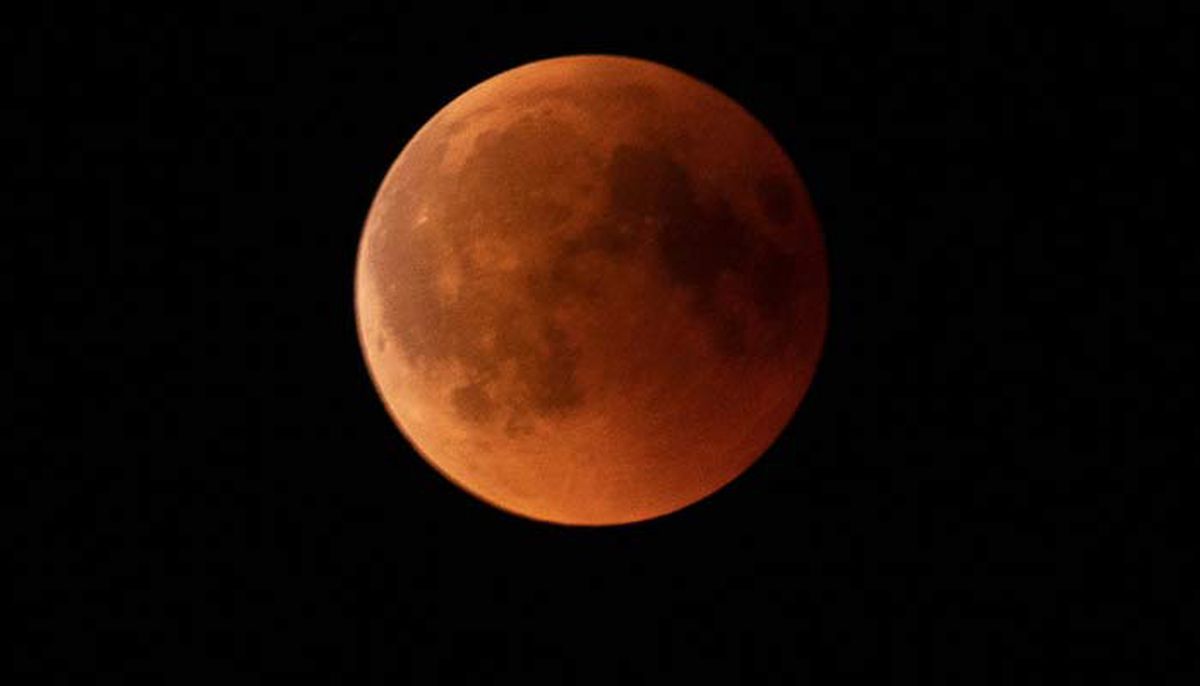
whole Hunter’s Moon to rise up this end of the week
Moon may seem orange, a lot bigger than expected on skyline
On the off chance that the skies are clear this end of the week, you may be blessed to receive the marvelous sight of an amazing full moon.
The full Hunter’s Moon will rise Sunday soon after nightfall, and keeping in mind that it’s close to the skyline, it will probably show up a lot greater than expected. The impact is known as the moon hallucination, which causes it to seem bigger close to the skyline than it does when it’s high in the sky.
Full moons close to the skyline likewise regularly seem red, orange or yellow since you’re glancing through a greater amount of the air when it’s that low. As it rises, the moon will take on its trademark shiny white shading.
Since this season is near the equinox, the moon will ascend at dusk and set near dawn, so moon watchers can see it track over the sky throughout the night.
The expression “Tracker’s Moon” is the name given to the primary full moon after the Harvest Moon, which is the full moon storeroom to the pre-winter equinox.
Any crisp evenings in the days paving the way to the full moon will be the ideal time to look at the main meteor showers of the fall. The Draconid meteor shower is dynamic through Thursday night, while the Southern Taurids can be seen through Friday and into the end of the week.
The Draconids regularly don’t create numerous meteors, however not at all like numerous meteor showers, the best time for review them is promptly at night.
Later every night, the Southern Taurids could put on a showcase. The splendid moon will clean out fainter meteors, yet the Southern Taurids will in general produce a couple of brilliant fireballs, meteors that are far more splendid than regular falling stars.
On the off chance that the skies remain overcast this week, don’t stress. Later in the month, you may have the option to watch the Orionid meteor shower, which tops on the morning of Oct. 22. These quick, swoon meteors are brought about by the garbage of Halley’s Comet, and the shower regularly creates 10 to 20 meteors for each hour.
